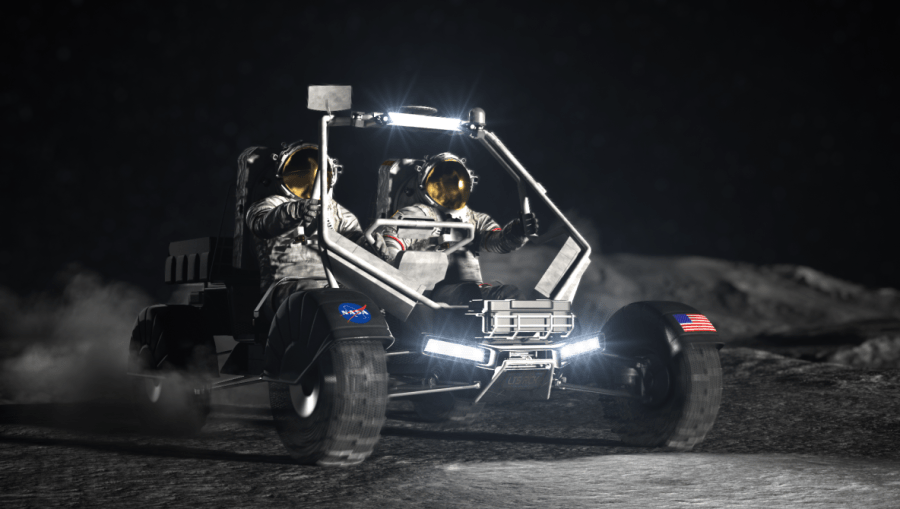HONOLULU (KHON2) — NASA has chosen a University of Hawaiʻi at Mānoa’s team to lead one of three instrument projects for the Artemis lunar campaign.
The team will help build a tool for the new Lunar Terrain Vehicle, which astronauts will drive across the moon.
The vehicle will carry the UH-developed Lunar Microwave Active-Passive Spectrometer, or L-MAPS.
The instrument will study what lies beneath the moon’s surface, check how much heat the moon produces and help search for buried ice.
“I’m so excited to see this project come into reality,” said Matthew Siegler, associate researcher at the Hawaiʻi Institute of Geophysics and Planetology. “UH has become a major player in the search for ice on the moon. This instrument selection takes us to the next level.”
The UH team includes both scientists and spacecraft engineers. The team has spent more than five years designing and testing L-MAPS. Siegler will lead the project with deputy principal investigator Shannon Brown from NASA’s Jet Propulsion Laboratory.
The final build will be done mostly at JPL, with key parts also developed in Germany and at Ohio State University.
Outfitting the first crew-driven vehicle on the moon in 50 years, the LTV can hold two astronauts and also drive remotely. It is part of NASA’s push to return people to the moon and explore it deeper.
“I feel incredibly lucky to be working on lunar research in a time when NASA has prioritized the Artemis return of humans to the moon,” Siegler said. “Work like this is possible because of researchers at the University of Hawaiʻi working for years leading in planetary science and developing spaceflight technologies.”
Testing of L-MAPS will continue at UH Mānoa before the instrument travels to the moon.
